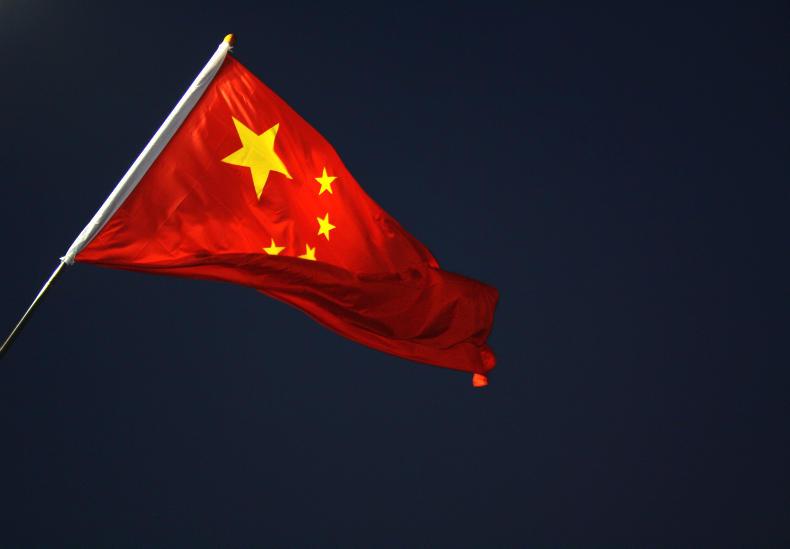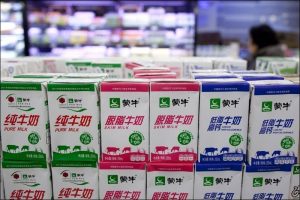
The overall dairy import volume reached 652,000 tons, marking a 15.6% reduction from the previous year, while the total import value also dropped sharply by 29.7% to $2.577 billion.
Significant reductions were noted across several categories, with infant formula seeing the most drastic drop, nearly halving by 50%. Whey products also saw a notable reduction in imports by 20%. In contrast, minor growth was observed in niche categories like light cream, protein products, and condensed milk.
Bulk powder was the most imported product, though it too suffered a 9.3% decline to 223,400 tons, valued at $736 million, a 24.7% decrease. Notably, the average price per ton also fell by 16.9% to $3293. Key sources for these imports included New Zealand (86%), Australia (6.6%), the European Union (3.5%), and Belarus (1.9%).
In more detail, infant formula imports were significantly lower, with a 48.5% reduction to 41,100 tons, costing $811 million (down 42.5%), but with an increased average price of $19,752 per ton (up 11.7%). Cheese and cream imports also saw declines both in volume and value, indicating a broader trend of reduced dairy consumption or shifts in market dynamics.
March alone saw a steeper decline in imports across all dairy categories, suggesting a possible acceleration in the downturn. The decline in imports was accompanied by sharp price drops, suggesting both a supply surplus and a weakening demand in China’s dairy market.
The majority of these imports originated from New Zealand, which contributed 26,800 tons, representing 87.2% of the total imports but showing a 13.7% decrease year-over-year. Imports from the European Union also changed, totaling 3,200 tons—an increase of 24.6% compared to last year.
March figures alone highlight the downward trend, with cream imports totaling only 11,200 tons, a 13.6% decrease, and an import value of $70 million, down by 20.6%. The average price per ton during this month was $6,255, marking an 8% decrease year-over-year.
The data also showed a strong uptick in exports of packaged milk, almost entirely destined for Hong Kong, highlighting China’s shifting focus towards maximizing export potentials in specific dairy categories amidst domestic market fluctuations.
This shift in China’s dairy import pattern could have broader implications for global dairy markets, potentially affecting international dairy prices and export strategies of major dairy-exporting countries. The data indicates a potential restructuring in global dairy trade dynamics, with China, as a major consumer, reducing its intake significantly.
You can now read the most important #news on #eDairyNews #Whatsapp channels!!!
🇺🇸 eDairy News INGLÊS: https://whatsapp.com/channel/0029VaKsjzGDTkJyIN6hcP1K

























